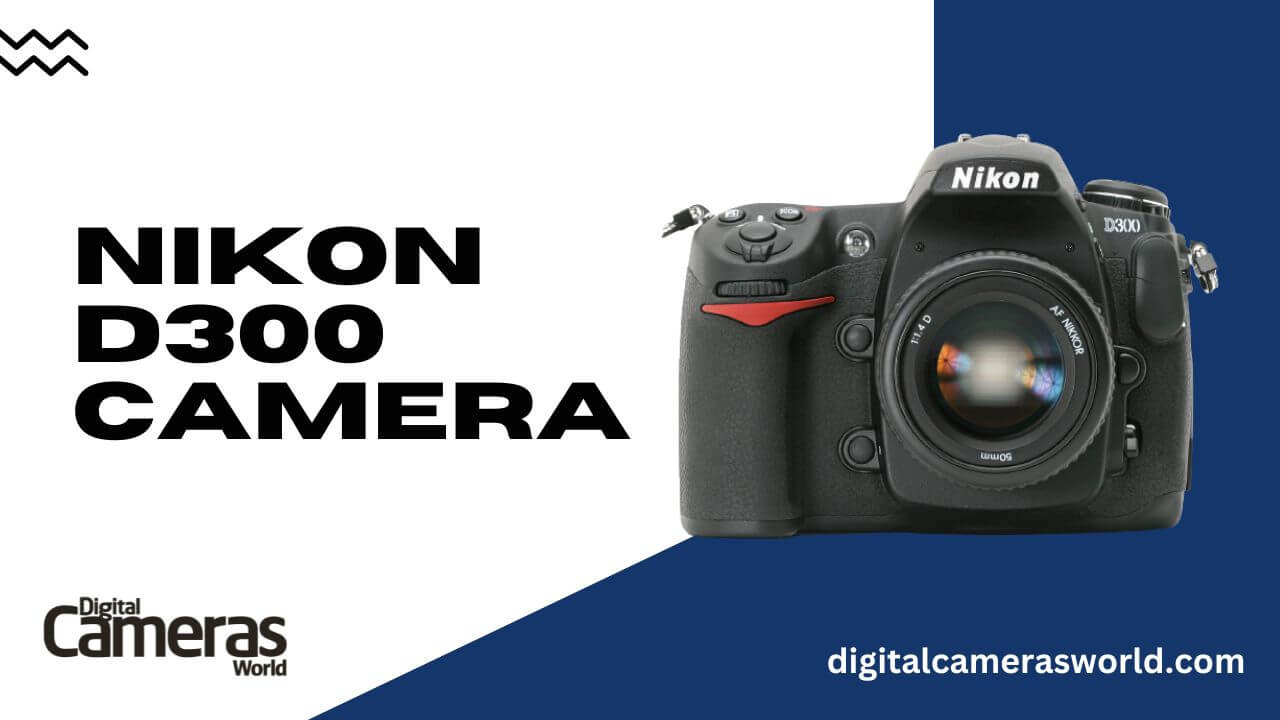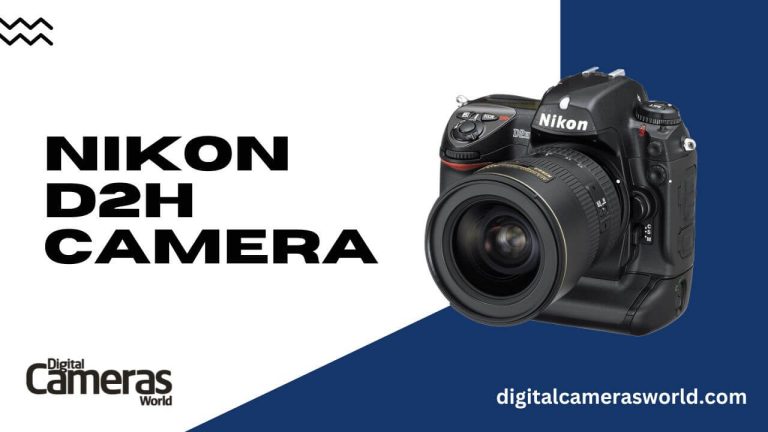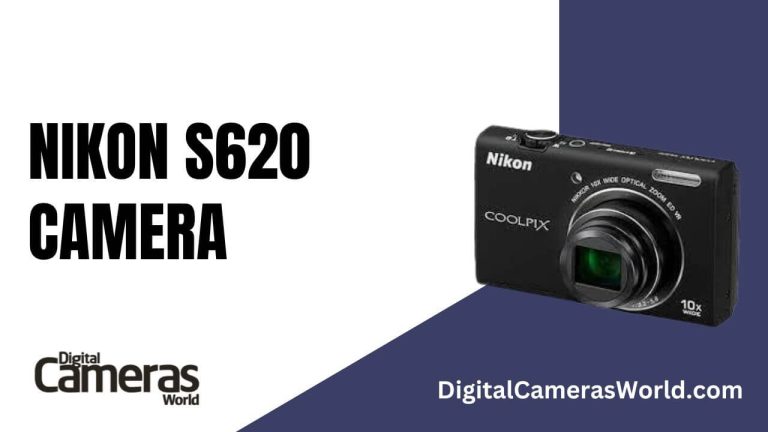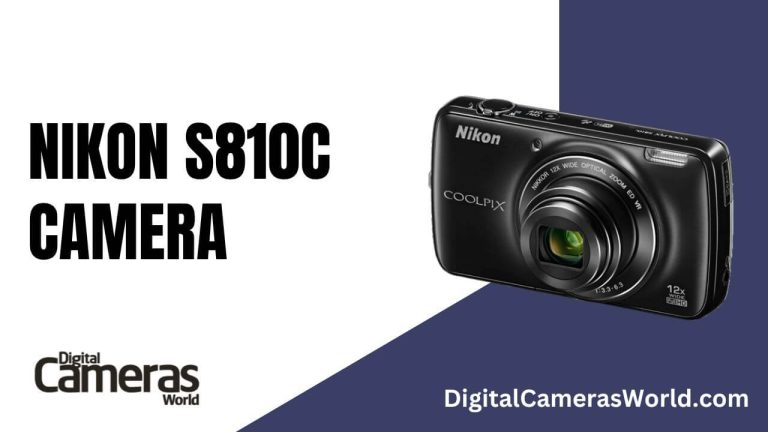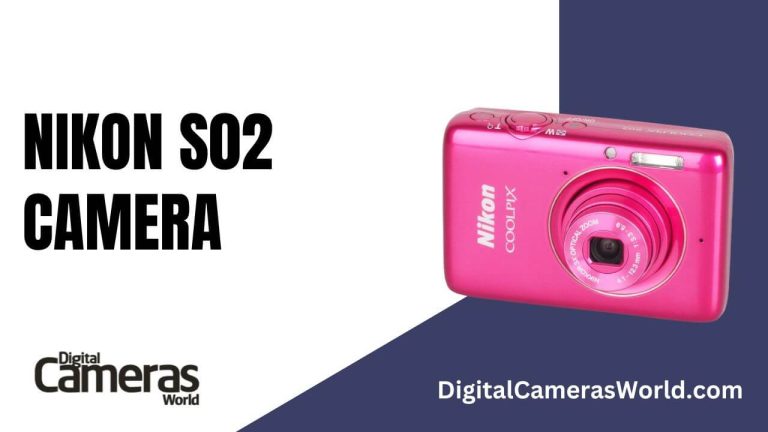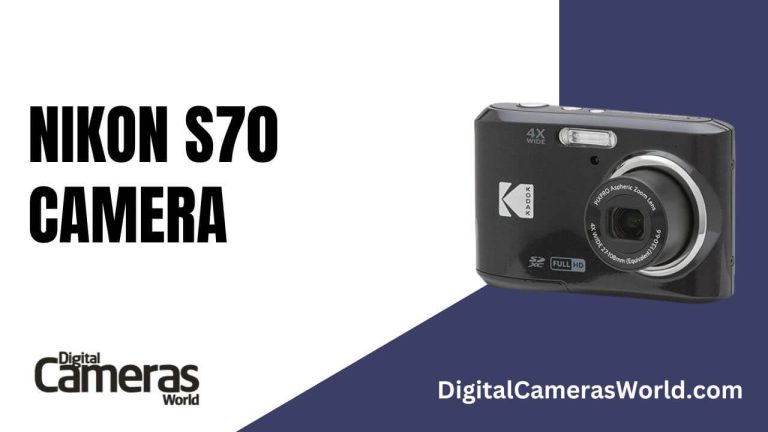Nikon D300 Camera Review 2023
The Nikon D300 is a professional-level DSLR camera that offers a range of advanced features and impressive image quality. It has a 12.3 megapixel CMOS sensor and a 3-inch LCD screen that allows you to compose and review your shots easily. The D300 also offers 1080p HD video recording, allowing you to capture high-quality videos with the press of a button.
One of the standout features of the D300 is its autofocus system, which offers 51 focus points and 3D tracking, which makes it easy to capture sharp, detailed images of moving subjects. The D300 also has a fast continuous shooting speed of up to 8 frames per second, which is great for capturing fast-moving action. Additionally, the D300 offers a range of automatic shooting modes and full manual control, giving you complete creative control over your shots.
In terms of performance, the D300 is a reliable camera that delivers consistently good results. Its autofocus system is fast and accurate, and the camera has a fast continuous shooting speed, which is great for capturing fast-moving subjects. The D300 also has a good battery life, lasting for up to 1,000 shots on a single charge, so you don’t have to worry about running out of power when you’re out and about.
The Nikon D300 is a top-of-the-line DSLR camera with advanced features and impressive image quality. It is a great choice for professional photographers who demand the best performance and image quality.
Why Do Photographers Need to Buy a D300 Camera?
Photographers may want to consider the Nikon D300 for its advanced features, including its 51-point autofocus system and 3D tracking, as well as its impressive image quality and fast continuous shooting speed, making it a great choice for professional photographers.
Recommended: Nikon D90 Camera
Nikon D300 Camera Video Review
Pros
- 12.3 megapixel CMOS sensor delivers sharp, detailed images
- 51-point autofocus system with 3D tracking for fast and accurate focus on moving subjects
- 1080p HD video recording allows for high-quality video capture
- Fast continuous shooting speed of up to 8 frames per second
- Range of automatic and manual shooting modes for complete creative control
- Good battery life of up to 1,000 shots on a single charge
Cons
- Some users may find the D300 to be a little bulky and heavy
- The D300 does not offer Wi-Fi connectivity, which may be a drawback for some users.
- The camera is relatively old so it may have different advanced features than newer models.
Nikon D300 Camera Features Table:
| Feature | Description |
| Image sensor | 12.3-megapixel DX-format CMOS sensor |
| Image processor | EXPEED image processor |
| ISO range | ISO 200-3200 (expandable to ISO 6400) |
| Autofocus system | 51-point AF system with 3D tracking |
| Continuous shooting | Up to 8 frames per second |
| Video recording | Full HD 1080p at 24p |
| Monitor | 3.0-inch, 920,000-dot LCD monitor |
| Wi-Fi connectivity | Optional WT-4A wireless transmitter for image transfer and remote control |
Is the Nikon D300 a professional camera?
The Nikon D300 is considered a professional-level DSLR camera due to its advanced features and impressive image quality, making it a great choice for professional photographers.
Is Nikon D300 still relevant?
The Nikon D300 is an older camera model, so it may have different advanced features and performance than newer models. However, it is still a capable and reliable camera with impressive image quality and advanced features, making it a good choice for those looking for a professional-level DSLR.

